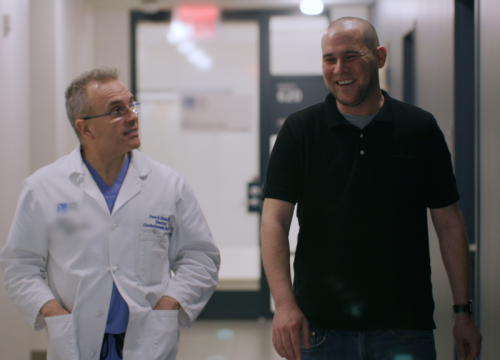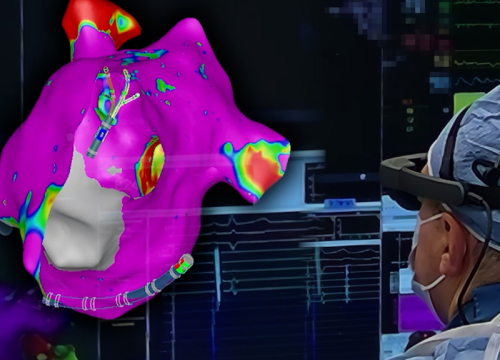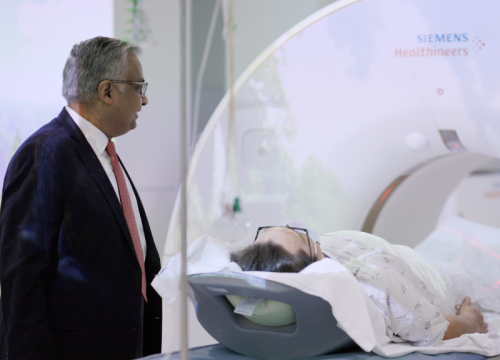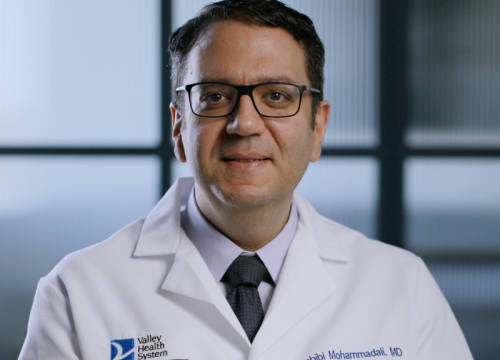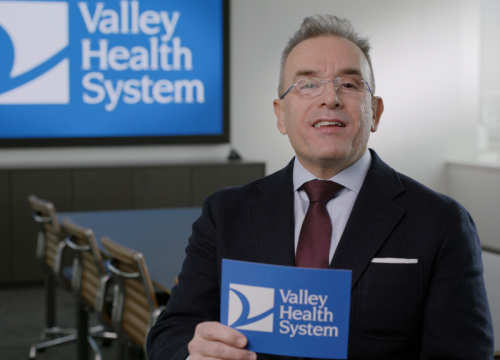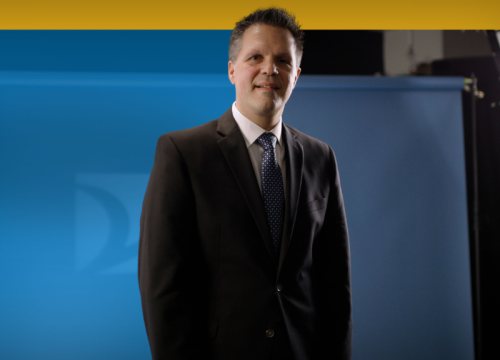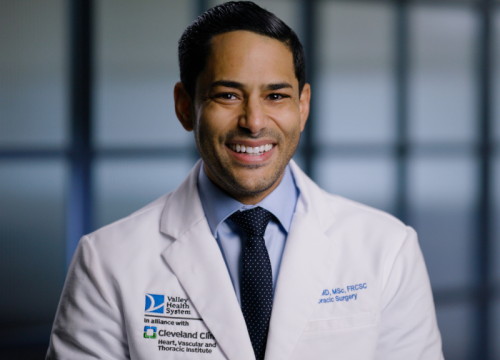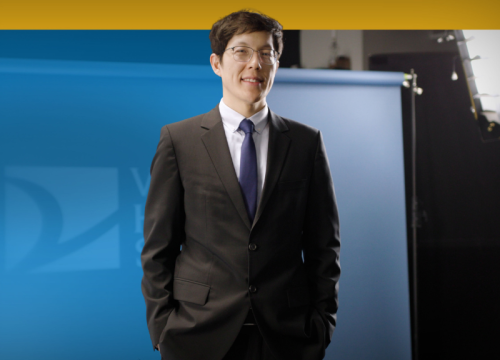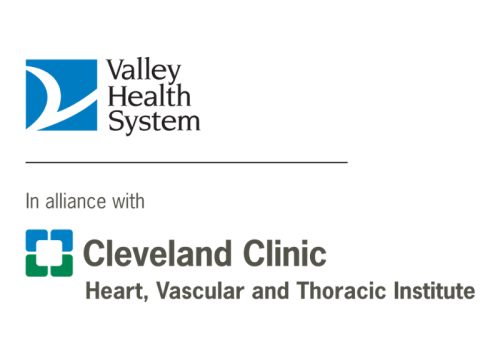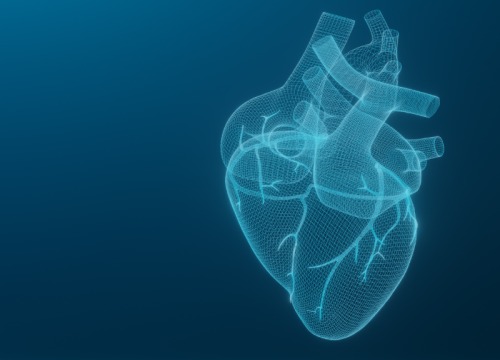Primary aortic arch aneurysm is rare, but ascending aneurysms that involve only the first portion (the lesser curve underbelly) of the aortic arch are quite common. In fact, approximately 75 percent of all BAV-associated aneurysms involve this proximal arch.
At Valley, we offer treatment options for these complicated aneurysm surgeries.
Proximal Aortic Arch Aneurysm Surgery at Valley
- A safer approach: Traditionally, total arch replacement was among the most risky cardiac procedures, with the risk of stroke quite high. Patients were first placed on a heart-lung machine pump, and then the pump was turned off while surgeons completed the reconstruction. Now, at Valley’s Thoracic Aneurysm Surveillance Program, we handle arch aneurysms without even needing the heart-lung machine, and we never turn off blood flow to the brain.
- Lowering risks during arch replacement: Valley’s approach significantly lowers the risk of stroke and death during total arch replacement. Patients tolerate this technique very well, as evidenced by our excellent outcomes.
- Eliminating need for separate incision: Most centers that use this technique do so through a separate incision below the right collar-bone. At Valley, we use a technique in which surgeons sew a synthetic graft onto an aortic arch vessel called the innominate artery within the chest. This eliminates the need for a separate incision.
- Identifying proximal arch involvement: It is important to identify when the proximal arch is involved. Failure to address this portion of the aneurysm may leave abnormal aortic tissue behind that may grow large enough to require yet another aneurysm operation in the future. At Valley, our sophisticated imaging provides us with detailed 3-D information about this part of the aortic arch so we can provide the appropriate treatment.
Re-operative Aortic Surgery at Valley
- Thoracic aneurysm is sometimes identified in patients who have:
- Previous open-heart surgery
- Previous aortic valve surgery with a diagnosis of bicuspid aortic valve (BAV)
- Previous aortic aneurysm surgery, if a slightly aneurysmal segment was left behind
- Identifying risk: For patients with aneurysm and previous heart surgery, it is especially important to identify their thoracic aneurysm risk.
- Aortic dissection in this situation is particularly tricky to deal with surgically: Scar tissue from previous surgery makes emergency access to the heart very challenging and risky.
- Safe re-operations: Fortunately, at Valley, elective re-operations for thoracic aneurysm with our team have been shown to be safe. We use the same risk guideline tools as for primary aneurysm, and all forms of thoracic aneurysm can be handled in a re-do setting, including aortic root and arch surgery.
Other Complex Aneurysm Options at Valley
- Patients with an aneurysm plus other heart problems: In these cases, patients may require a combined surgery, including heart valve repair or replacement, coronary artery bypass surgery, and Maze surgery for atrial fibrillation, also with excellent results.
- Aneurysm surgery in older adults: At Valley, we have performed aneurysm surgery on patients well into their 80s with the same safety profile as our younger patients.
- We do not turn away patients based on age alone. In fact, our team encourages elective aneurysm surgery to emergency surgery for older adults.
- Elderly patients with aneurysm may have additional risk for dissection or rupture due to more fragile tissues in general.
- And, certain conditions more common older adults, such as constipation, can be an important risk factor for rupture.
Why Choose Valley for Aortic Arch and Re-Operative Aneurysm Surgery?
- Aneurysm risk guidelines: At Valley’s Thoracic Aneurysm Surveillance Program, we have developed comprehensive thoracic aortic aneurysm risk guidelines based on our experience treating these aneurysms. We use additional factors than many other institutions to identify your risk and recommend management of your aneurysm.
- Re-operation surgeries: We have significant experience treating complex aneurysm cases, including re-operations in patients with previous heart surgery.
- Treating the full range of thoracic aneurysms: We specialize in addressing all thoracic aneurysms and related issues, including those involving the aortic root (aortic root aneurysm). We offer specialized options for aortic root aneurysms, including the valve-preserving aortic root replacement option known as the David procedure.


